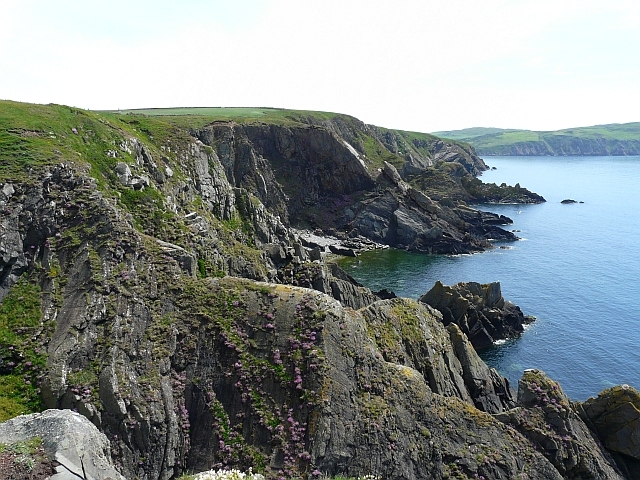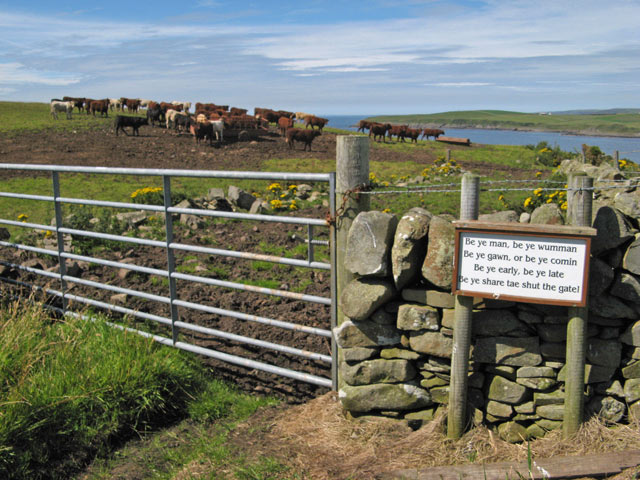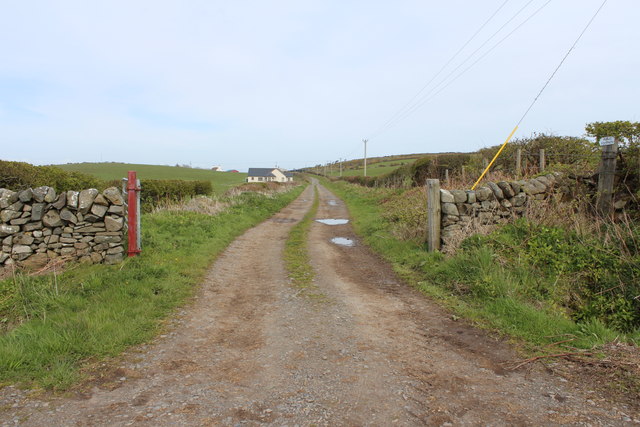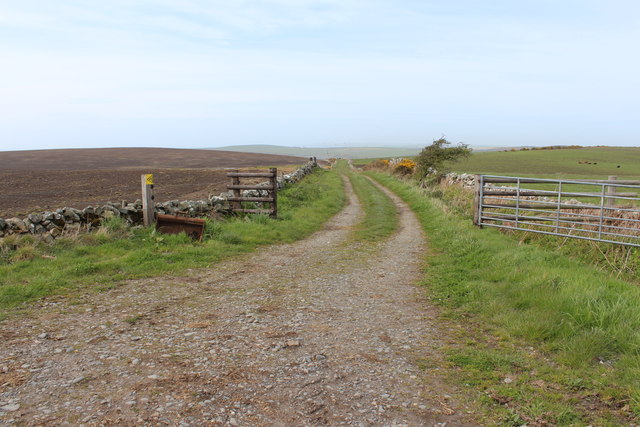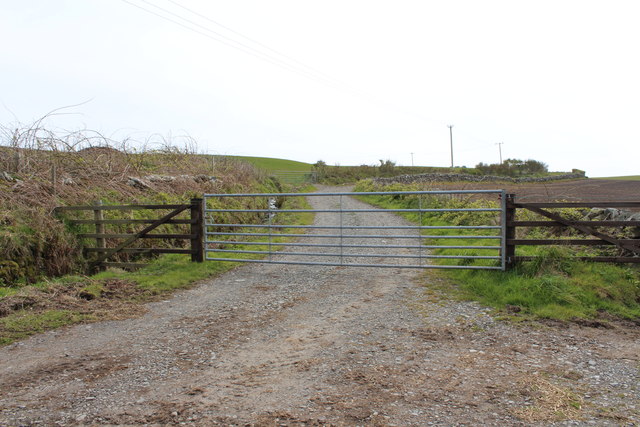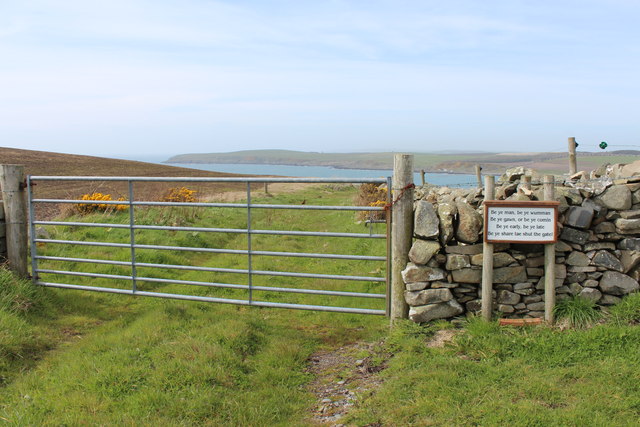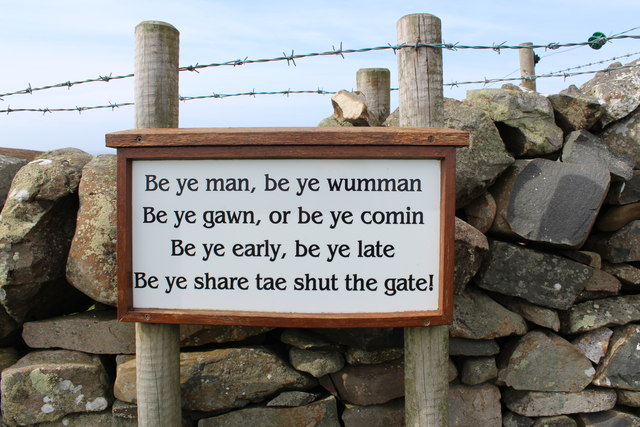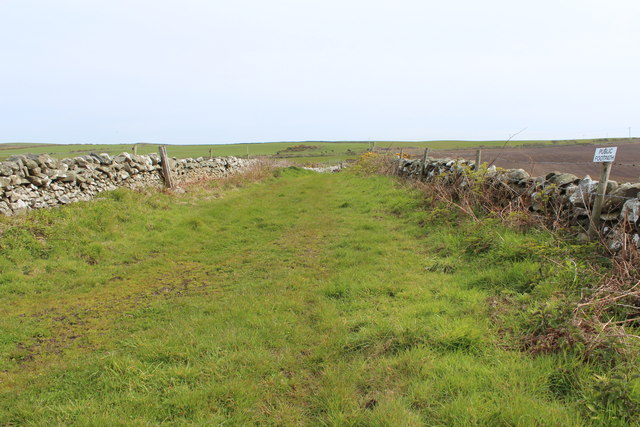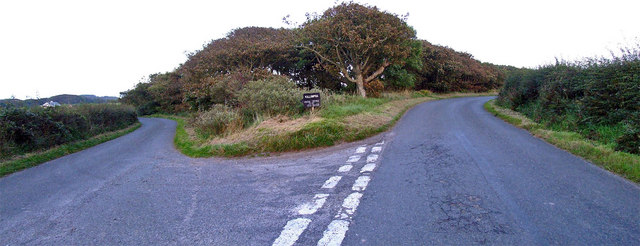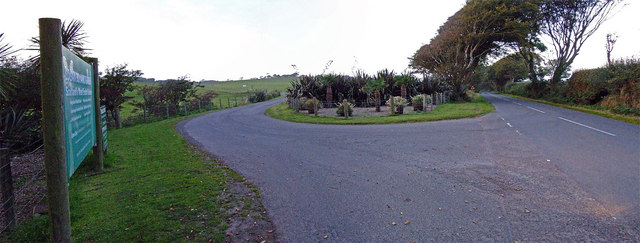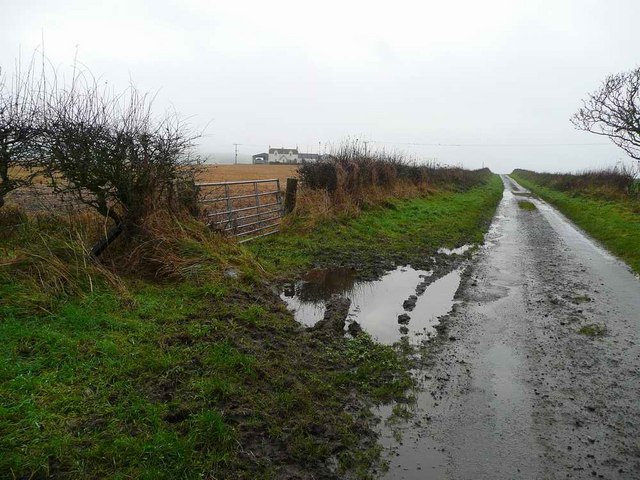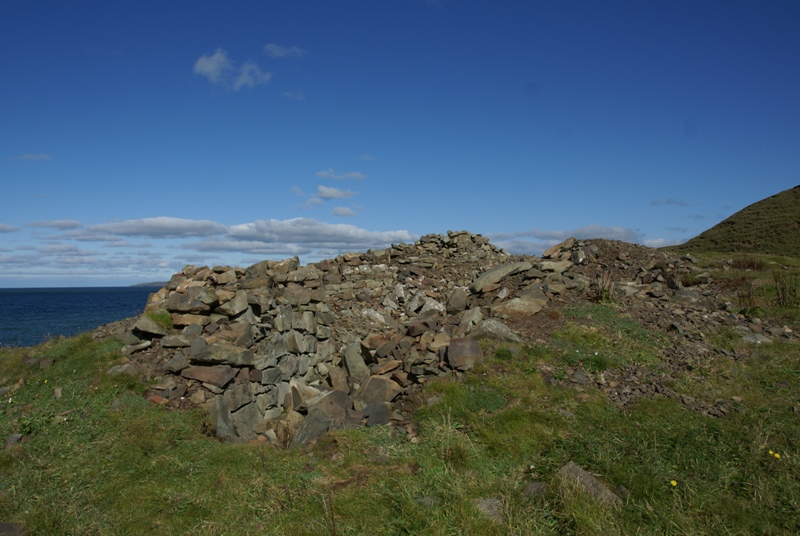Farie Rock
Coastal Feature, Headland, Point in Wigtownshire
Scotland
Farie Rock
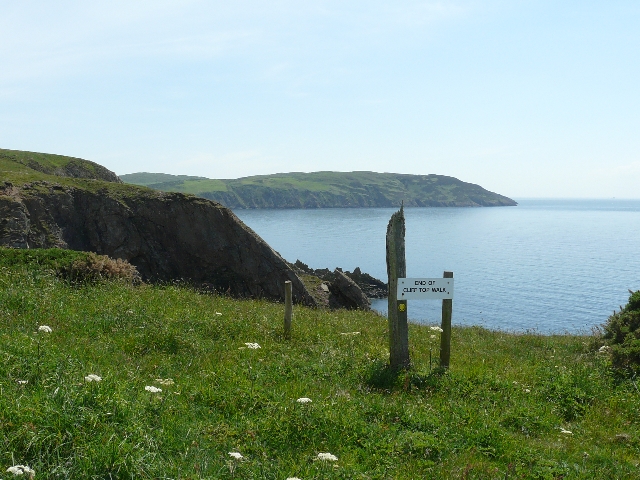
Fairy Rock is a prominent headland located in Wigtownshire, a picturesque coastal area in southwestern Scotland. Situated on the western shores of the Galloway Peninsula, this striking geological feature stands proudly overlooking the Irish Sea. Its unique name derives from local folklore, which attributes the rock formation to mythical creatures and magical tales.
The headland itself is characterized by a rugged and dramatic landscape, featuring towering cliffs that drop steeply into the sea below. The rock is composed mainly of sandstone, which has been shaped over millions of years by the relentless forces of erosion. The result is a stunning display of natural arches, sea caves, and stacks that add to the allure of this coastal gem.
Fairy Rock is a popular destination for outdoor enthusiasts and nature lovers alike. It offers breathtaking panoramic views of the surrounding coastline, making it an ideal spot for photographers and artists seeking inspiration. The headland is also home to a diverse range of flora and fauna, including seabirds, seals, and even the occasional dolphin or whale sighting.
Visitors can explore Fairy Rock through a network of coastal paths and trails that wind their way along the cliffs. These paths provide access to various vantage points, allowing visitors to fully appreciate the magnificent beauty of the area. Additionally, the headland's proximity to Wigtownshire's charming villages and historic sites makes it a perfect starting point for further exploration of the region.
In summary, Fairy Rock is a stunning headland that offers a captivating blend of natural beauty, geological wonders, and enchanting tales. It is a must-visit destination for those seeking a true Scottish coastal experience.
If you have any feedback on the listing, please let us know in the comments section below.
Farie Rock Images
Images are sourced within 2km of 54.730472/-4.9661911 or Grid Reference NX0941. Thanks to Geograph Open Source API. All images are credited.
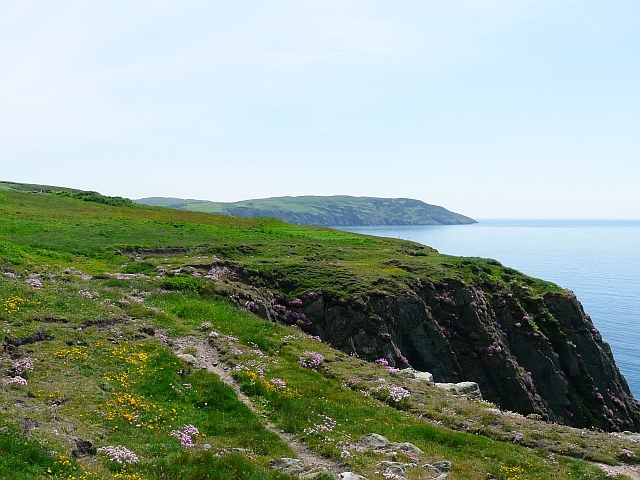
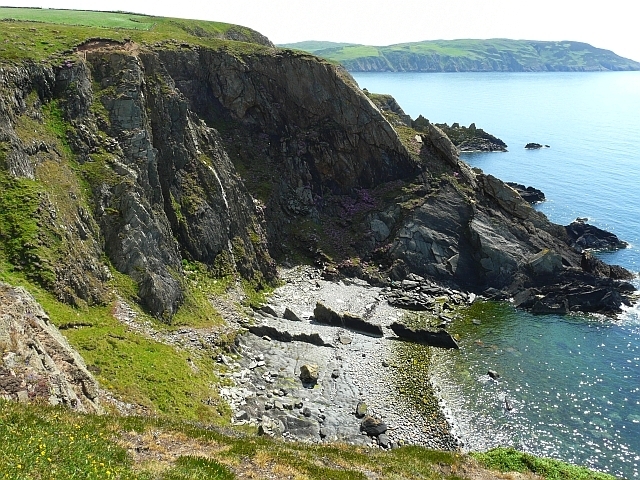

Farie Rock is located at Grid Ref: NX0941 (Lat: 54.730472, Lng: -4.9661911)
Unitary Authority: Dumfries and Galloway
Police Authority: Dumfries and Galloway
What 3 Words
///backed.elections.tarred. Near Drummore, Dumfries & Galloway
Nearby Locations
Related Wikis
Port Logan
Port Logan, formerly Port Nessock, is a small village in the parish of Kirkmaiden in the Rhins of Galloway in Wigtownshire. The Gaelic name is Port Neasaig...
Logan Botanic Garden
Logan Botanic Garden is a botanical garden near Port Logan on the Rhins of Galloway, at the south-western tip of Scotland. The Botanic Garden was established...
Doon Castle Broch
Doon Castle Broch is an iron-age broch located in Dumfries and Galloway, Scotland (grid reference NX 06702 44683). == Location == The Broch is located...
Ardwell
Ardwell (from Gaelic Àrd Bhaile meaning "high town", pronounced as "Ardwell") is a village in the Scottish unitary council area of Dumfries and Galloway...
Nearby Amenities
Located within 500m of 54.730472,-4.9661911Have you been to Farie Rock?
Leave your review of Farie Rock below (or comments, questions and feedback).
